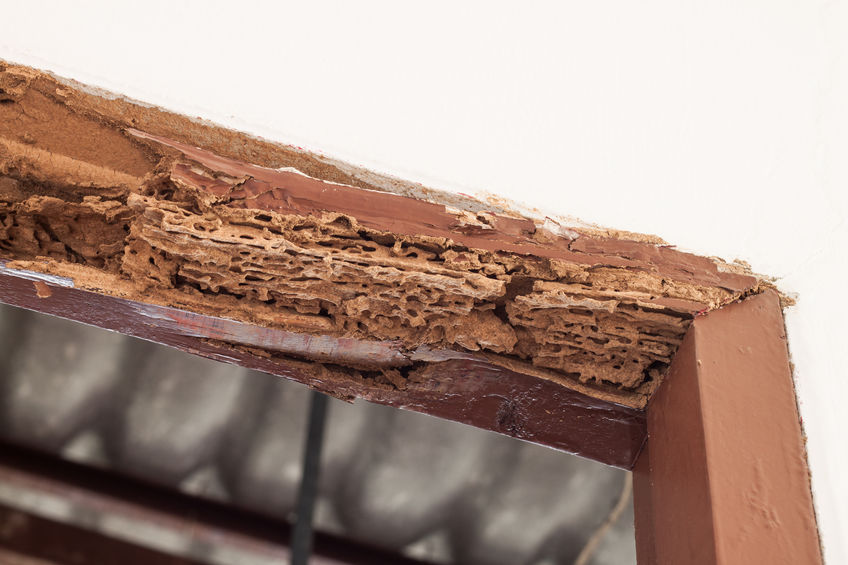Subterranean termites are social insects that dwell in colonies located beneath the ground. Subterranean termite colonies are significantly larger than drywood and dampwood termite colonies found in the southern states. At full maturity, eastern subterranean termite colonies may contain well over one million individual termites. The eastern subterranean termite is the only termite species found in Massachusetts, and they are easily the most economically damaging of all wood-infesting insect pests in the US.
All individual termites within a subterranean colony are divided into three primary social castes known as workers, soldiers and the royal pair. After aging for a period of four to seven years, winged reproductives (alates) appear in subterranean termite colonies. During the late spring and early summer in Massachusetts, male and female alates take flight from colonies in order to mate and establish new colonies within the soil. Surviving pairs of alates shed their wings and become the queen and king of a new colony, but the vast majority of alates die before mating.
The majority of individuals in a subterranean termite colony are workers that leave the nest in order to tunnel through the soil in search of food sources. While foraging, soldiers accompany workers in order to protect them from predators, but only workers venture above ground through airtight “mud tubes” to initiate infestations in structural lumber.
The number of foraging workers within a subterranean termite colony increases exponentially with age. Because of this, workers belonging to colonies that are around a decade old or more forage over a surprisingly large area of land. In fact, studies have shown that workers from one single eastern subterranean termite colony may forage as far as 200 feet from their nest, and establish foraging areas as large as ⅓ of an acre. However, colonies that establish foraging territories this large establish multiple nests, or “satellite nests,” around the original parent colony.
Satellite nests are much smaller than parent nests, and the founding queen and king always remain in the parent colony. Satellite nests are inhabited by workers that have become separated from the parent colony, but occasionally, secondary reproductives develop within satellite nests. Secondary reproductives do not take flight, and one secondary reproductive cannot produce as many eggs as the founding queen, but a high number of secondary reproductives within a colony produce more eggs than the queen, resulting in rapid colony growth.
Do you believe that termites may inhabit the ground beneath your neighborhood?

